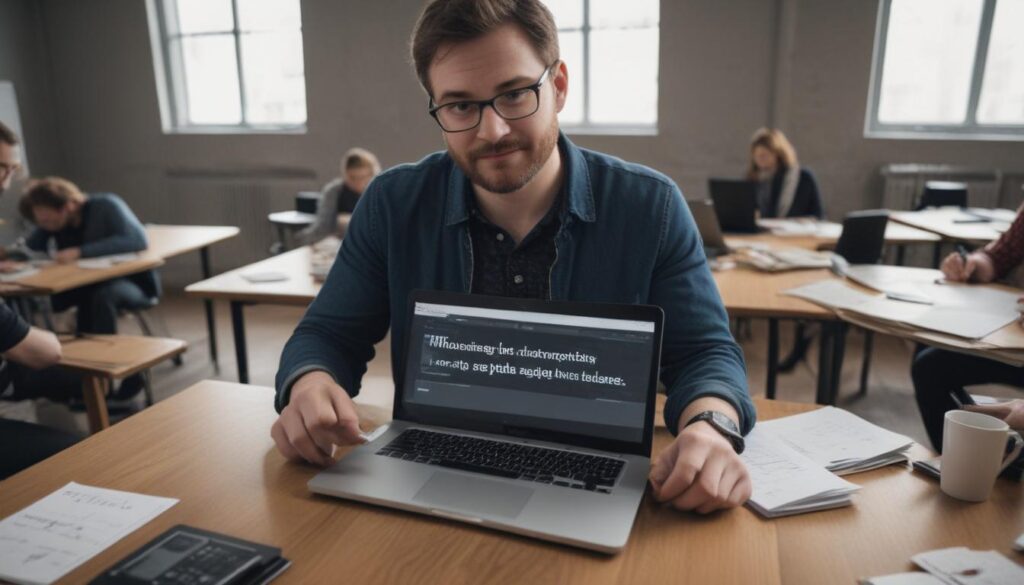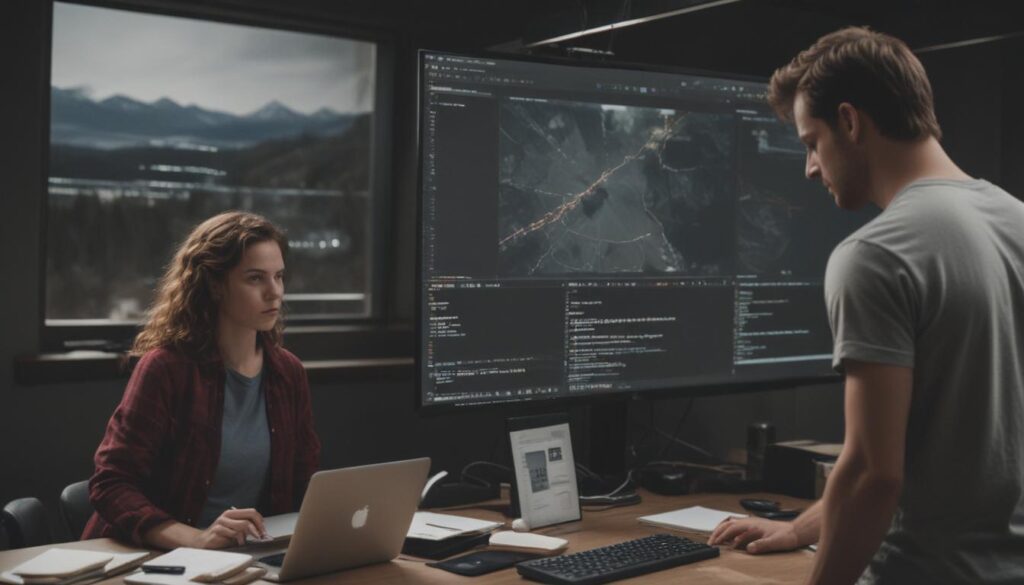Now Reading: Beginner’s Guide to Open Source
- 01
Beginner’s Guide to Open Source
Beginner’s Guide to Open Source

How to Start Contributing to Open Source Projects Even with No Experience
Have you ever browsed GitHub, seen a project you admire, and thought, “I wish I could be a part of that”? But then the doubt creeps in. You might feel like you’re not a good enough coder, that you don’t know where to begin, or that you’ll just get in the way. This feeling of intimidation is the single biggest barrier that stops talented people like you from joining the open source community.
The good news is that you don’t need to be a programming genius to make a meaningful impact. Open source thrives on contributions of all kinds, from a wide range of skill sets. This guide will walk you through the entire process, step by step, showing you exactly how to find a project, make your first contribution, and become a valued member of the open source world.
Why You Should Contribute to Open Source
Before we dive into the “how,” let’s talk about the “why.” Contributing to open source is more than just writing free code. It’s a powerful way to accelerate your career and personal growth.
You get to build your skills by working on real-world projects and receiving feedback from experienced developers. It helps you build an impressive portfolio that speaks louder than any resume. You can network with professionals from around the globe, and you get the satisfaction of giving back to a community that powers so much of the software you use every day.

Getting Started Your First Open Source Contribution
Ready to take the leap? The journey of a thousand commits begins with a single step. Here’s how to make that first move without feeling overwhelmed.
Find the Right Project for You
The best project to contribute to is one you genuinely use or care about. Think about the tools, libraries, or applications you use daily. Contributing to something you’re passionate about will keep you motivated.
If you’re looking for projects that are actively seeking new contributors, websites like GitHub Explore, Good First Issue, and Up For Grabs are fantastic resources. They specifically list projects and issues that are flagged as beginner-friendly.
Understand the Project’s Rules
Every open source project has its own culture and set of rules. Before you do anything, look for a few key files in the project’s repository.
First, read the README.md file. This is the project’s homepage and will give you a general overview.
Next, find the CONTRIBUTING.md file. This is the most important document for you. It will outline the specific process for making contributions, coding standards, and how to set up your development environment.
Finally, check for a CODE_OF_CONDUCT.md file. This explains the community’s standards for respectful and inclusive communication.
Your First Contribution Doesn’t Have to Be Code
One of the biggest myths about open source is that it’s all about coding. In reality, successful projects need much more. If you’re not ready to write code, you can still make incredibly valuable contributions.
Fixing Typos and Improving Documentation
Clear documentation is vital. If you find a typo, a confusing sentence, or an outdated instruction while reading a project’s docs, fixing it is a perfect first contribution. It’s a simple change that helps every single person who reads that document after you.
Reporting Bugs Effectively
Have you found a bug in a piece of software? Don’t just complain about it—report it! A well-written bug report is a gift to the project maintainers. Be sure to follow the project’s bug report template, describe the problem clearly, explain how to reproduce it, and provide details about your environment (like your operating system and browser version).
Making Your First Code Contribution
If you’re ready to write some code, the process is straightforward. It all revolves around Git and a platform like GitHub or GitLab.
Finding an Issue to Work On
Most projects use an “Issues” tab to track bugs and feature requests. Look for issues with labels like “good first issue,” “help wanted,” or “beginner.” These are tasks that the maintainers have specifically set aside for newcomers. Before you start working, leave a comment on the issue asking if you can be assigned to it. This prevents multiple people from working on the same thing.
The Git and GitHub Workflow Explained
The process of submitting code usually follows these steps.
Fork the Repository
First, you “fork” the project’s repository. This creates a personal copy of the entire project under your own account. You can make any changes you want here without affecting the original project.
Create a New Branch
Next, on your local machine, you create a new “branch.” A branch is like a separate timeline for your work. You should always create a new branch for each new feature or bug fix. Give it a descriptive name, like `fix-login-button-bug` or `update-readme-instructions`.
Make Your Changes and Commit
Now for the fun part. Make the necessary code changes to fix the issue. Once you’re happy with your work, you “commit” your changes. A commit is a saved snapshot of your work. Write a clear and concise commit message that explains what you changed and why.
Push to Your Fork and Open a Pull Request
After committing your changes, you “push” them up to your forked repository on GitHub. From there, you will see a button to “Open a Pull Request” (PR). A pull request is a formal request to the project maintainers to merge your changes from your branch into the main project.
What Happens After You Submit a Pull Request
Congratulations! Submitting your first PR is a huge milestone. Now, the review process begins.
Embrace the Code Review Process
Project maintainers or other contributors will review your code. They might ask questions, suggest improvements, or request changes. This is not criticism; it’s a collaborative process designed to make the code as good as possible. View feedback as a learning opportunity. Be polite, responsive, and open to their suggestions.
You Did It Your Open Source Journey Begins
Once your changes are approved and merged, you are officially an open source contributor. That first merged pull request is an incredible feeling, but it’s just the beginning. Keep looking for ways to help, take on slightly more challenging issues, and continue to learn and grow with the community. Welcome to the world of open source.


































